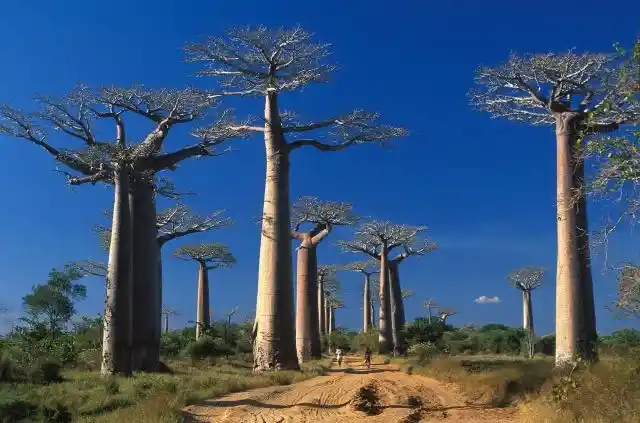MADAGASCAR
Madagascar is the fourth largest island in the world, located in the Indian Ocean off the east coast of Africa. Nicknamed "the Red Island", it stands out for its exceptional biodiversity, with more than 90% of its wildlife and flora being endemic, meaning they are found nowhere else on Earth.
Guide to Madagascar
Madagascar is a land of rich culture and breathtaking nature, offering a unique experience to every traveler. From the rhythms of traditional Malagasy music to the vibrant local markets, the island’s culture is as diverse as its landscapes. Explore the stunning national parks, home to rare lemurs, majestic baobabs, and lush rainforests. Discover Andasibe-Mantadia, where the Indri lemur sings through the trees, or venture to Tsingy de Bemaraha, a UNESCO World Heritage site with dramatic limestone formations. Whether you’re drawn by the warmth of Malagasy traditions or the call of the wild, Madagascar promises an unforgettable adventure.

MALAGASY CULTURE AND TRADITIONS
Madagascar and its eighteen ethnic groups living today in harmony, according to the Malagasy Fihavanana.

NATURAL PARKS and RESERVES in MADAGASCAR
In Madagascar, nature and endemic treasures are absolutely exceptional. As you explore the island's many natural parks and reserves, key points of interest to visit on your next tour, plan your stops whether short breaks of a few hours or an ecotourism and adventure stay over several days.
Go To seeAbout of Madagascar
1. Geography and Climate
Madagascar covers approximately 587,000 km² and boasts a stunning variety of landscapes:
- Tropical rainforests in the east (sush as the Masoala forest)
- Arid plains and savannas in the south
- Mountains and high plateaus in the center
- Paradisiacal beaches and coral reefs in the north and west
The climate varies by region: tropical in the east, temperate in the highlands, and semi-arid in the south.
2. Exceptional Wildlife and Flora
Madagascar is a true natural sanctuary, home to:
- Lemurs, the island’s emblem (with over 100 species)
- The baobab tree, a mythical tree that can live over 1,000 years
- The panther chameleon, famous for its vivid colors
- The fossa, Madagascar’s top predator
3. Culture and Population
With around 28 million inhabitants, the Malagasy population is a unique blend of African and Asian influences. The official language is Malagasy, but French is also widely spoken. Malagasy culture is marked by:
- The "Famadihana", the tradition of turning over the dead
- Traditional music, such as salegy and hira gasy
- Handicrafts, including embroidery and wood carving
4. Tourism and Must-See Sites
Madagascar attracts travelers looking for nature and adventure. Some must-visit places include:
- The Avenue of the Baobabs (west)
- Isalo National Park (south)
- The Tsingy de Bemaraha (a UNESCO World Heritage Site)
- Nosy Be and its paradise beaches
Let's build your trip together
To better assist you, we invite you to contact us so we can discuss and build your travel
project to
Madagascar with
you !!!
Feel free to write to us or call us from 9:30 AM to 7:00 PM GMT+3, Monday to Saturday, and
Sunday
from 1:00 PM
to 5:00
PM.
